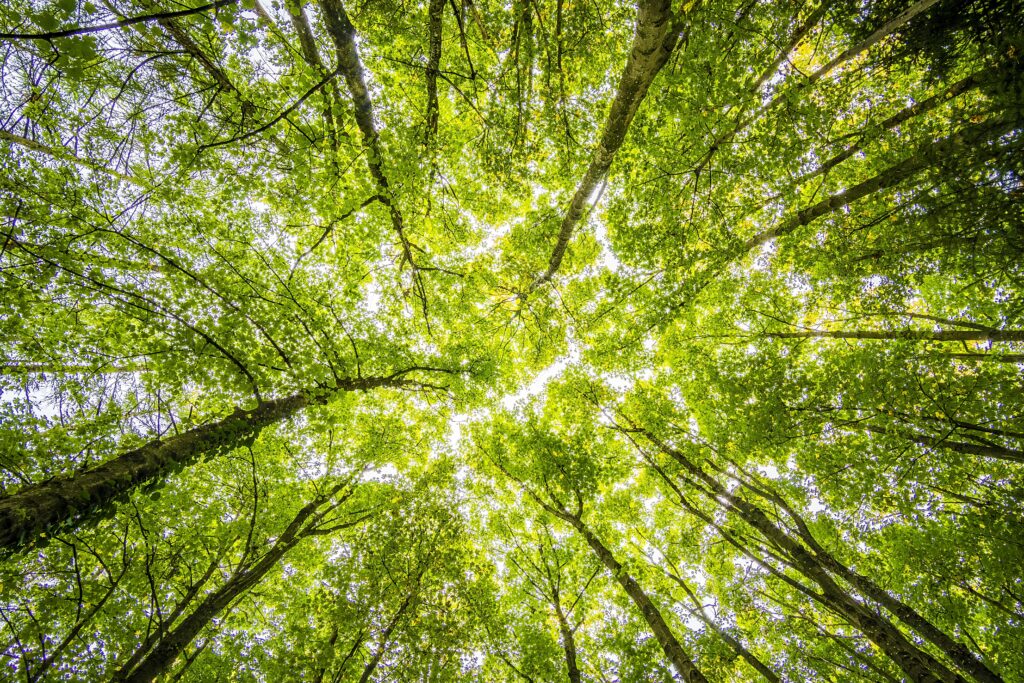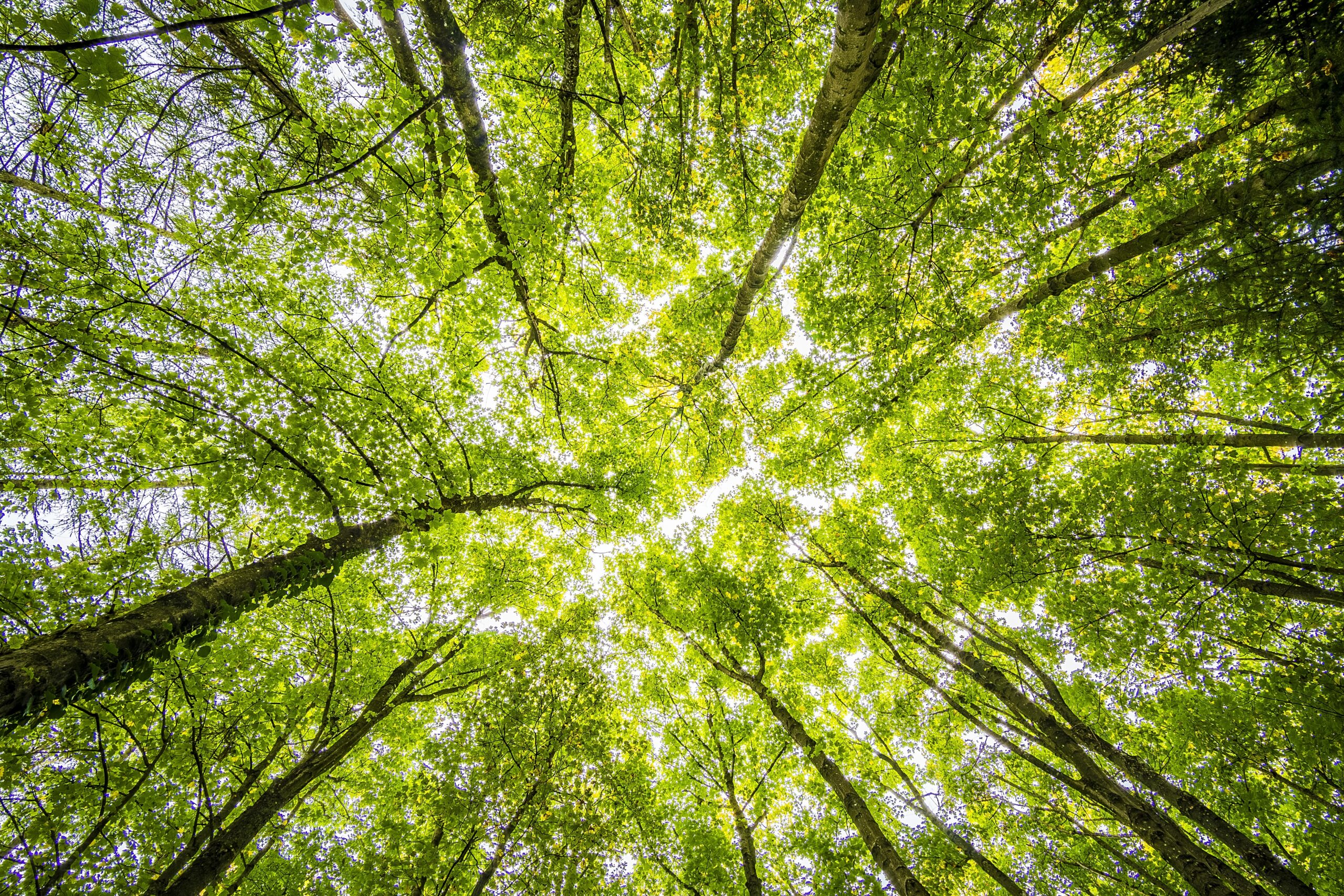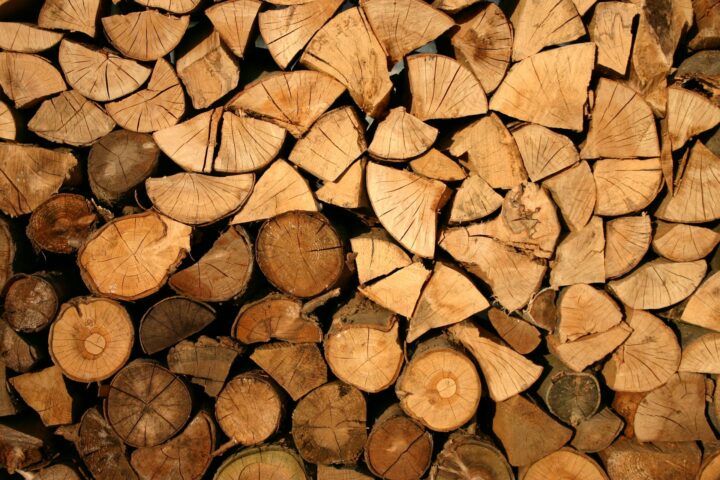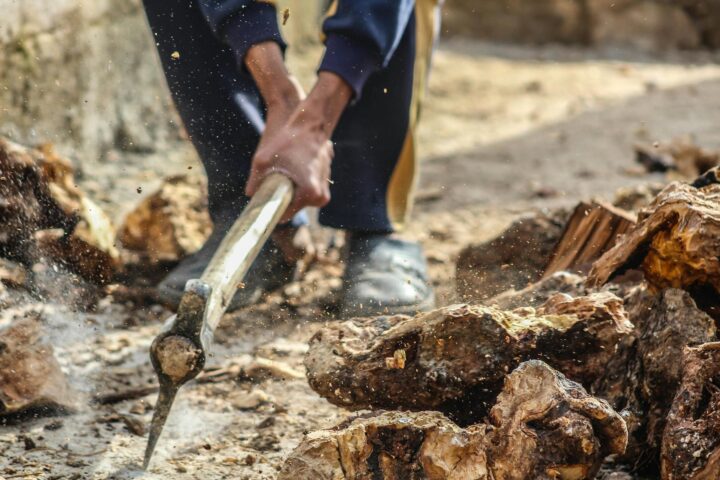-

How to Identify a Tree's Species
Pennsylvania is home to many types of tree species, especially in heavily wooded areas. Are you curious as to what types of trees are on your property? We’ve compiled a list of some of the most common tree varieties found in Pennsylvania.
See how many different types of common tree species you can find on or around where you live. Do you have an overgrowth of trees on your property and don’t know what to do with them? Give us a call and we’ll be happy to talk you through your options for tree removal and logging on your property!
How to identify a tree’s species and the most common tree varieties in Pennsylvania:
Eastern Hemlock
Eastern Hemlocks are giant evergreens and are ideal for construction wood. This is also Pennsylvania’s state tree! To identify: notice the needle-like leaves with two racing stripes down them and twigs connected to needles have a raised stem on them.
Sugar Maple
As you probably guessed by the name, the Sugar Maple is harvested for maple syrup each year, and its strong timber is also ideal for construction. To identify: Sugar maple leaves have 5 lobes on them and are dark green on top then light green on bottom. During the fall, these leaves change to a brilliant orange, yellow, or red before they fall off.
Eastern Red Cedar:
A type of juniper tree. Wood is usually used for fence posts or other all-weather outdoor projects. To identify: Eastern Red Cedars have short spiky needle-like leaves and small seed/berry clusters that are bluish in color.
Sumac or “Tree of Heaven”:
This tree was brought to the United States from China, and it grows quickly and resprouts easily. Many know this tree to be an invasive species and can kill entire forests of plants and its leaves can be toxic. To identify: it’s a small tree that grows around 30ft tall, green leaves are shaped in pointy tapered ovals and may have a bit of fuzz to the underside.
Eastern White Pine:
The Eastern White Pine is a large and common tree to Pennsylvania, you’ll often see them planted throughout city open spaces and in public areas. It’s also a valuable tree for timber. The key to identifying Eastern White Pines are their soft, long, velvety needles with a bluish-greenish color.
Sweet or “Cherry” or “Black” Birch:
You’ll notice birch trees by their dark bark and “breathing holes”. The thin base is easily identifiable and you’ll notice the tooth-like leaves that look like they have serrated edges.
White Oak:
White Oak Trees are very popular and common around Pennsylvania, their strong wood is ideal for long term growth and construction. To identify, the leaves have 7-9 lobes and are arranged periodically along each twig. Surface color is darkish green and the lopes have bristles on the ends of them.
American Beech:
Beech Trees are often used to shade larger outdoor areas like golf courses. The trees look very similar to Birch trees except that Beech trees have smoother bark and tighter groove patterns on their bark.
Take a walk around your property today and try to figure out how many different tree species you have around! You’d be surprised at how many different types of trees grow in our Pennsylvania forests. Do you have a tree problem that you need help with? Give us a call and our friendly staff can walk you through every step of the process of getting those trees removed from your property.




